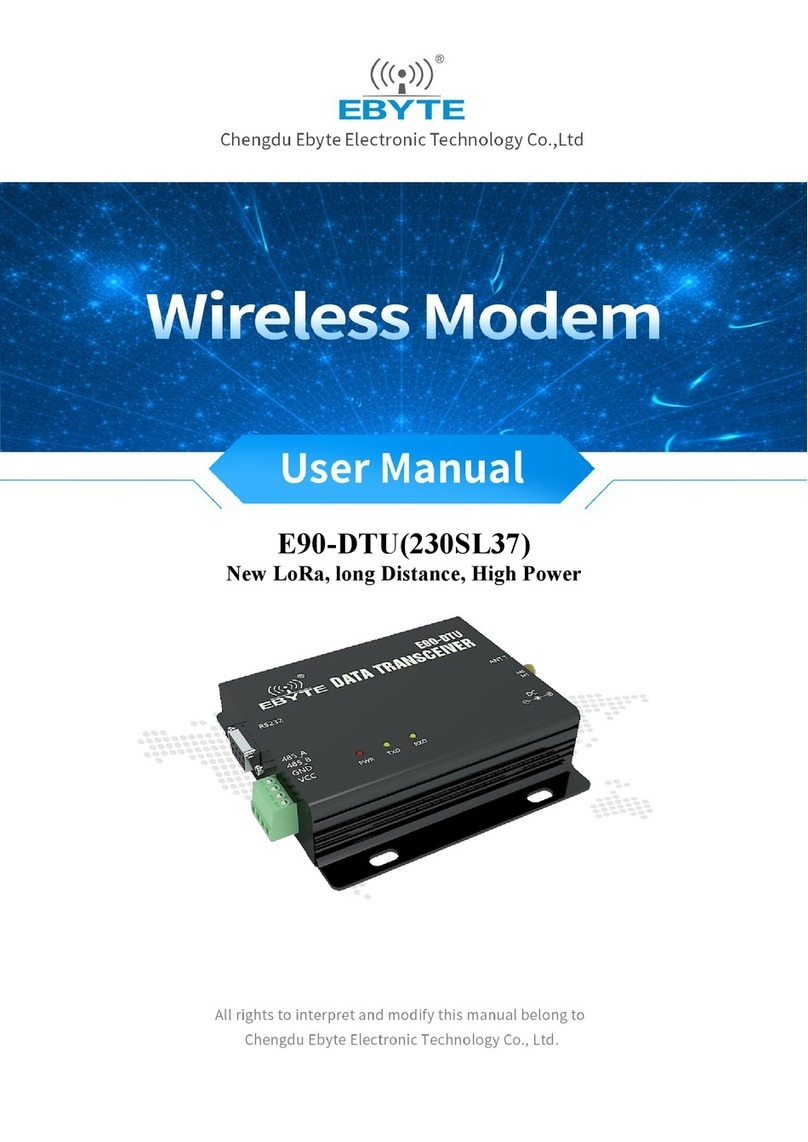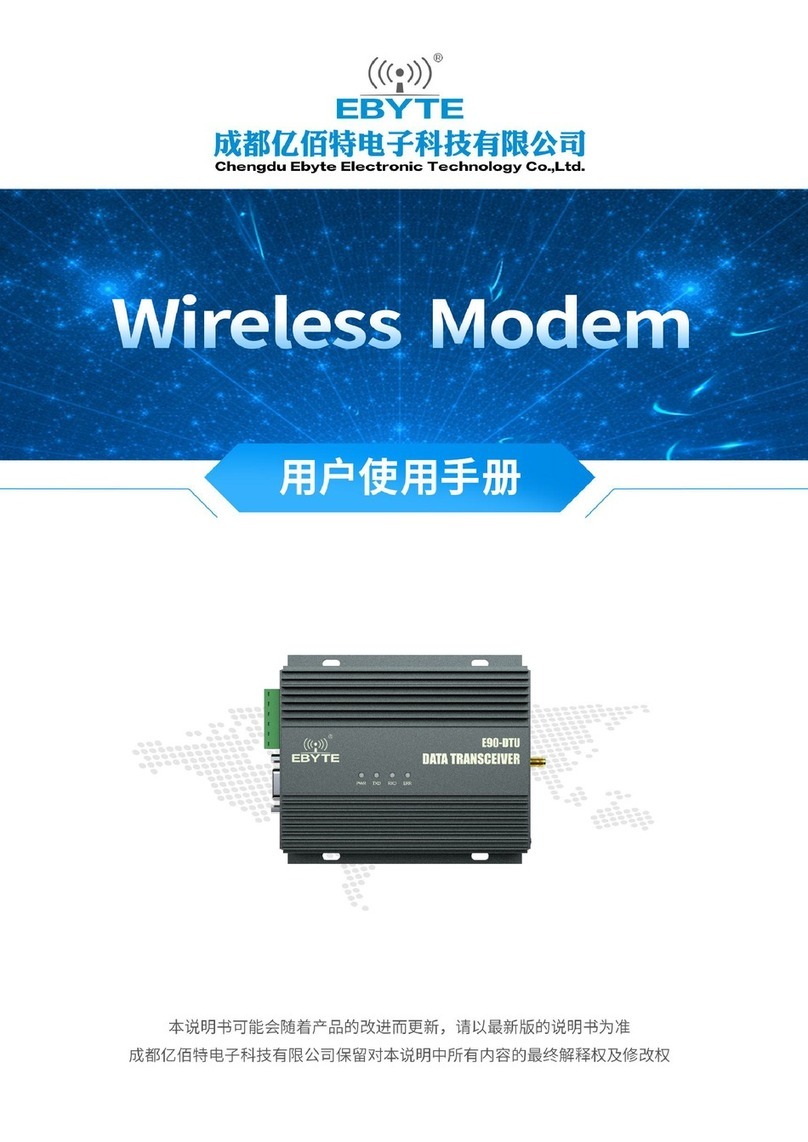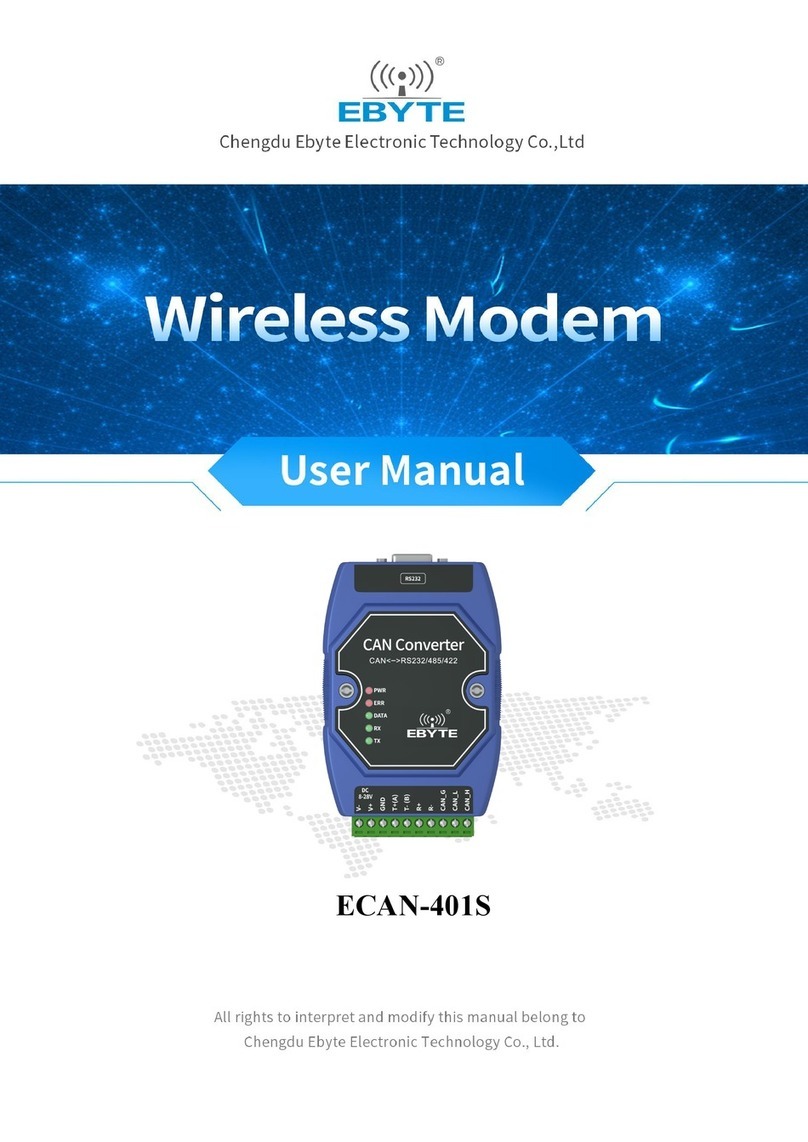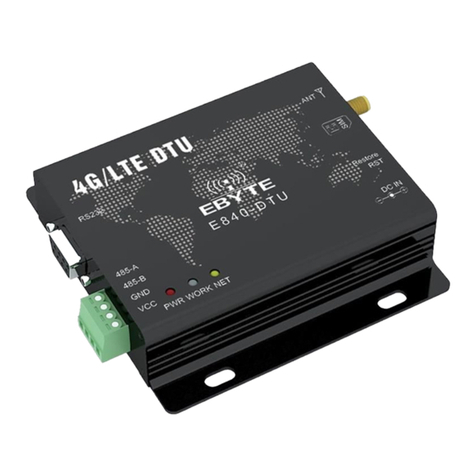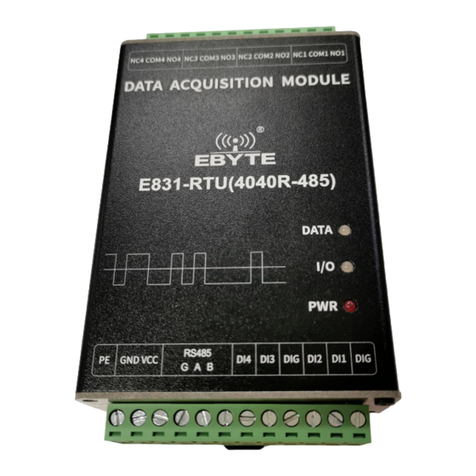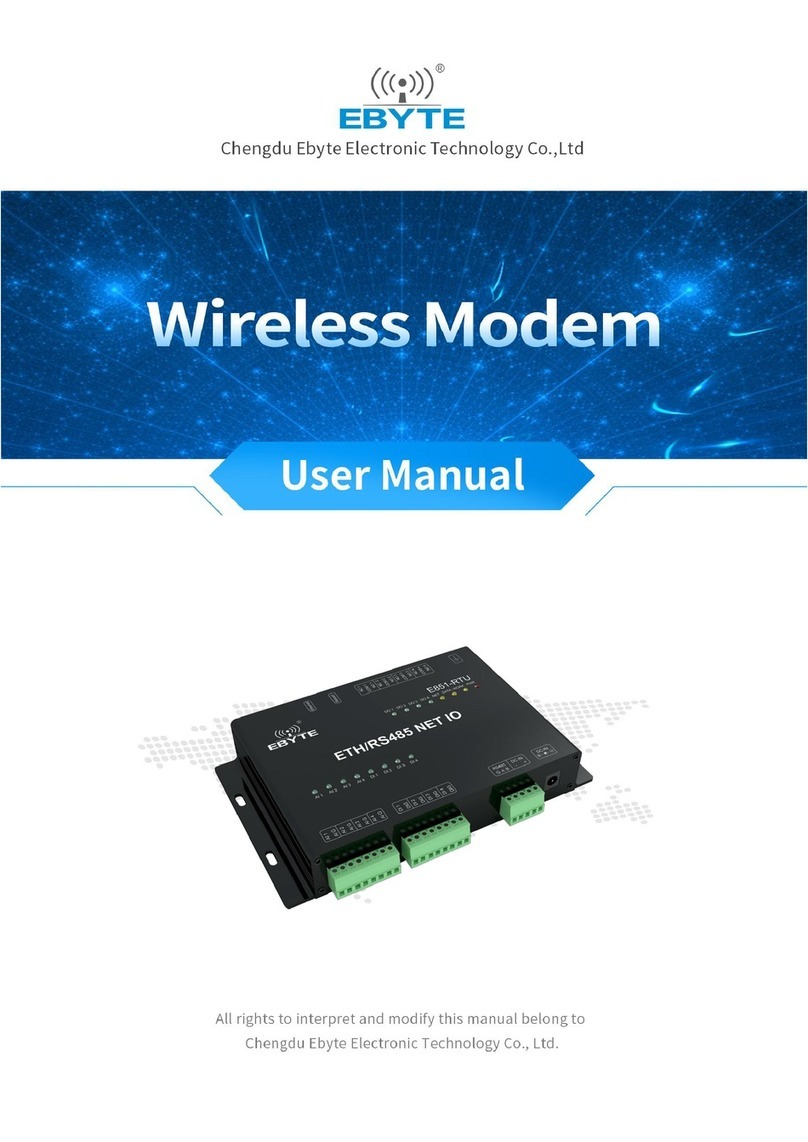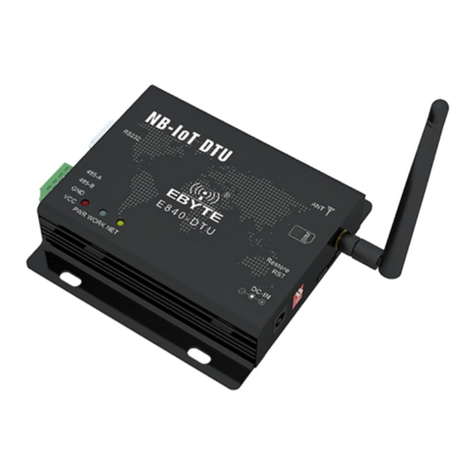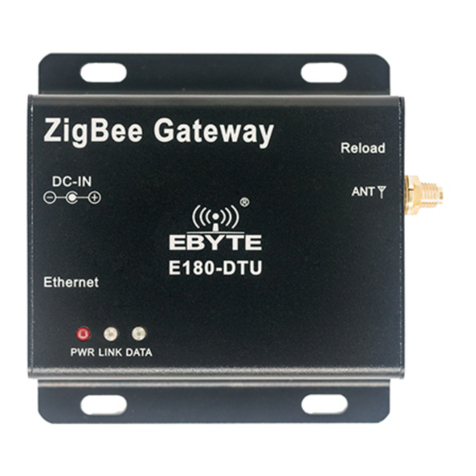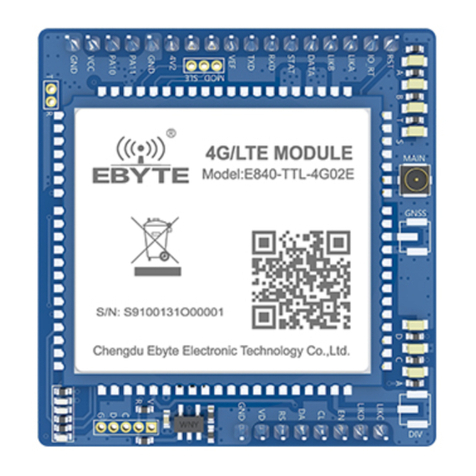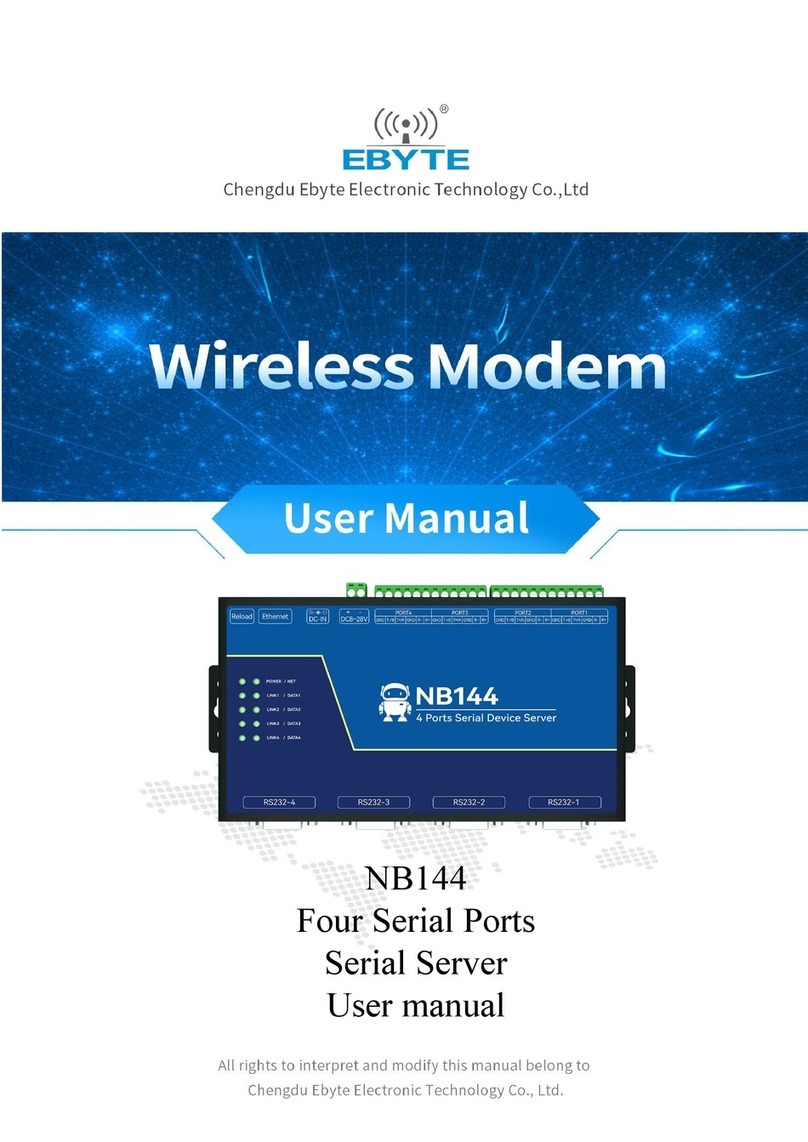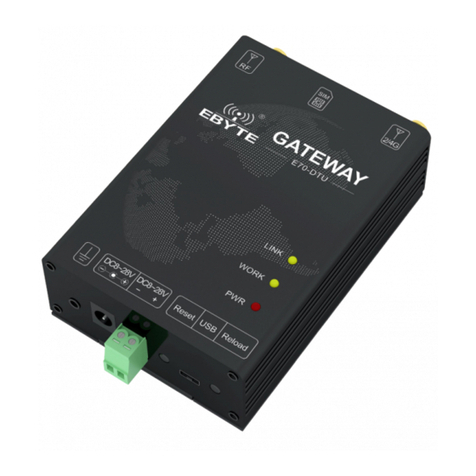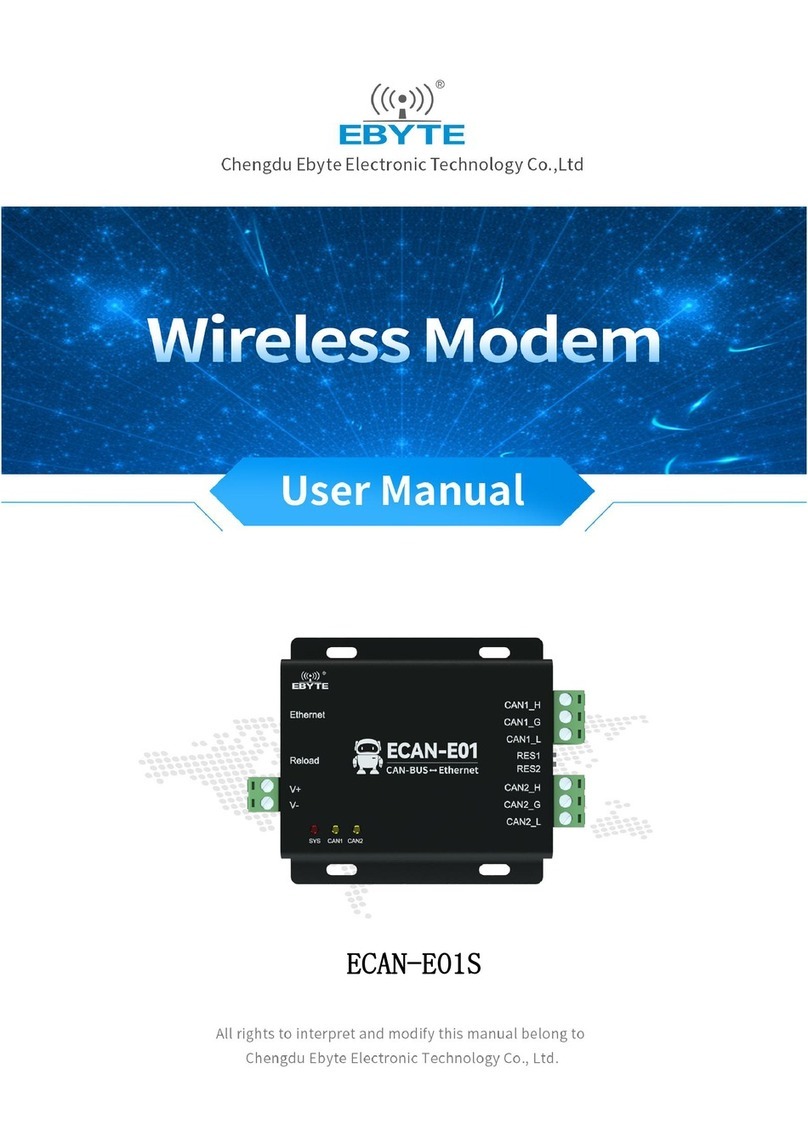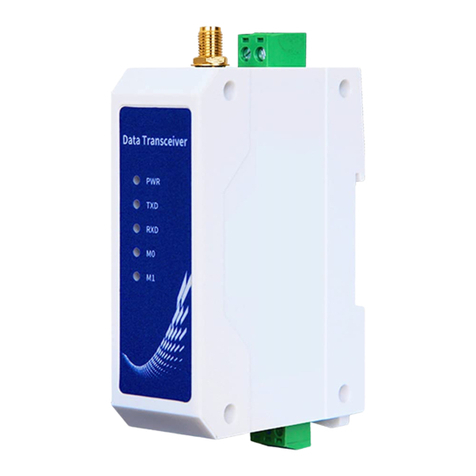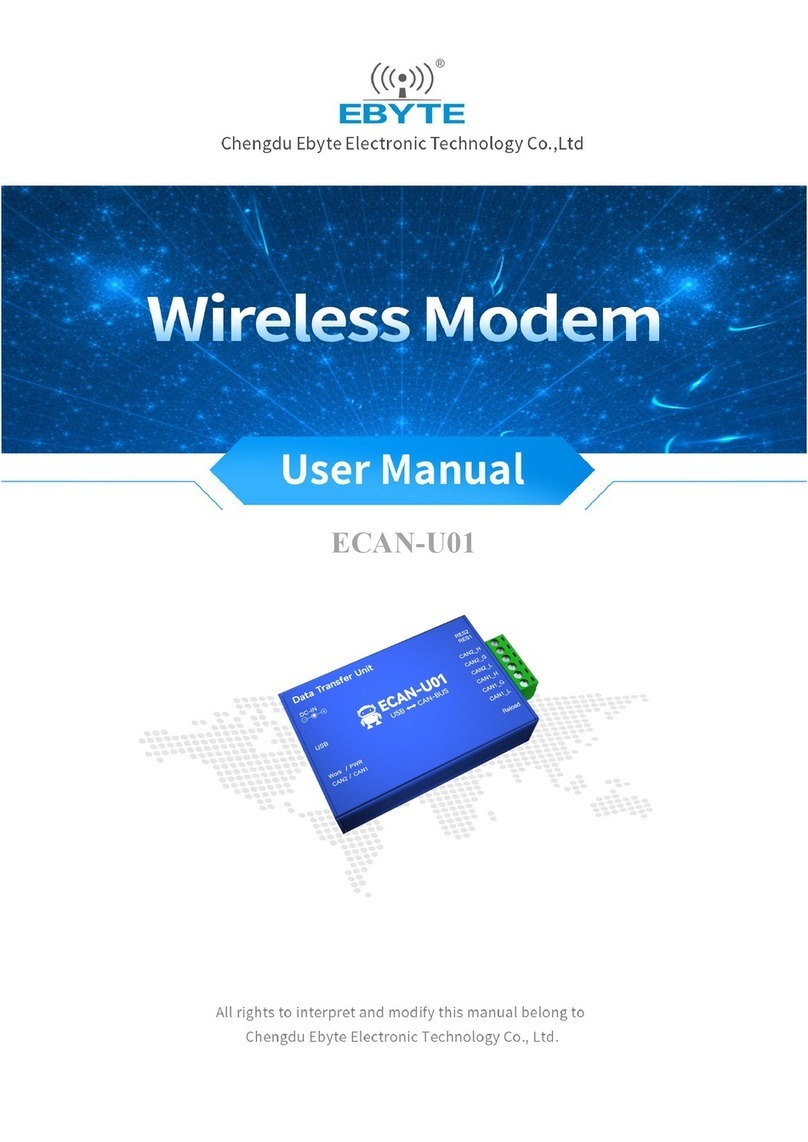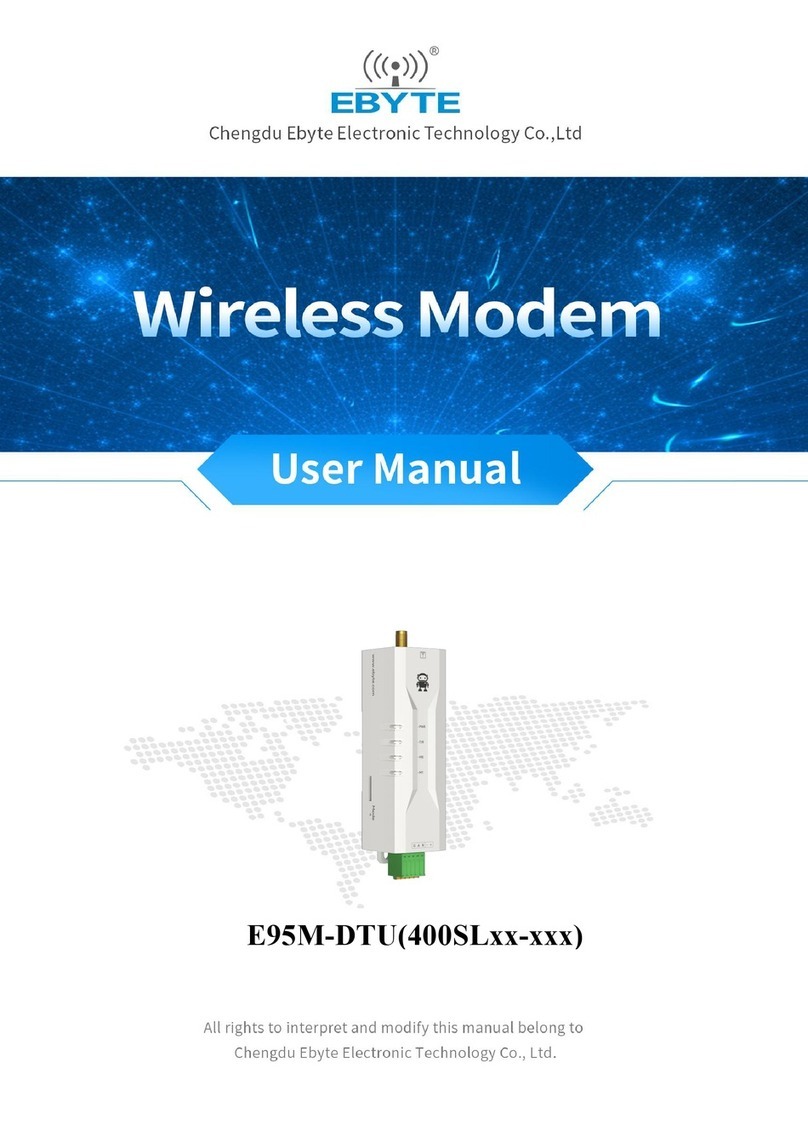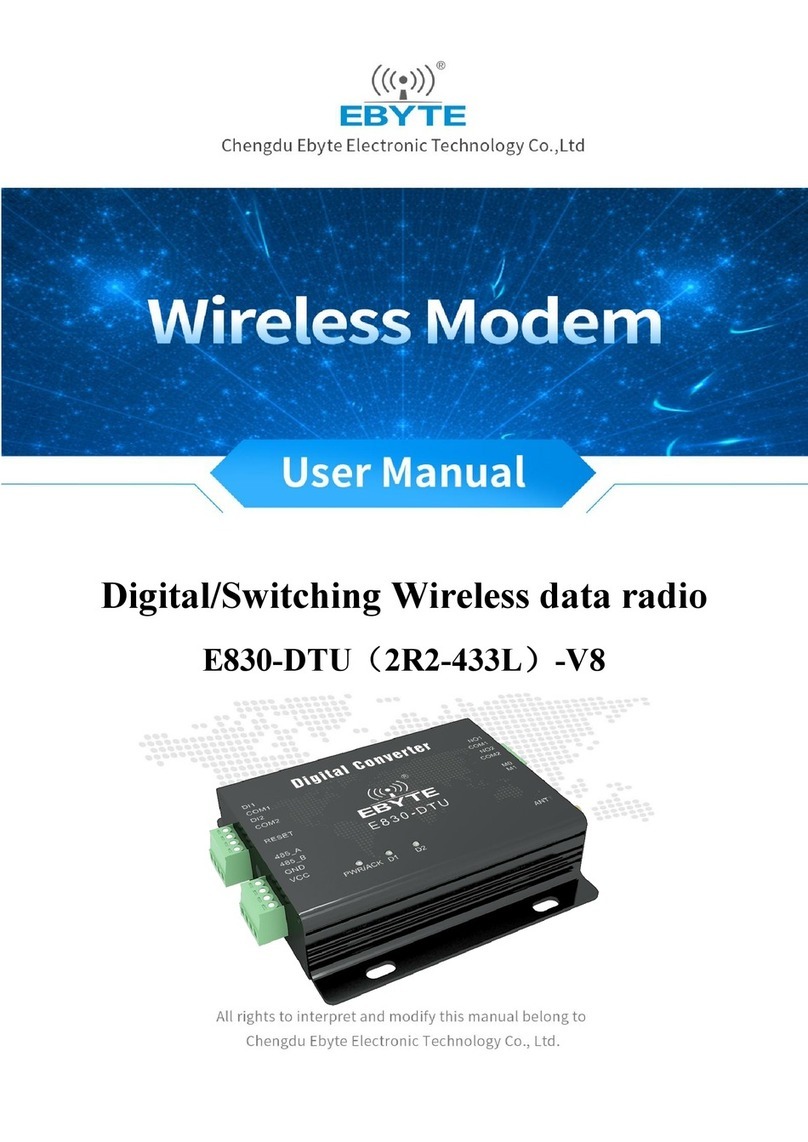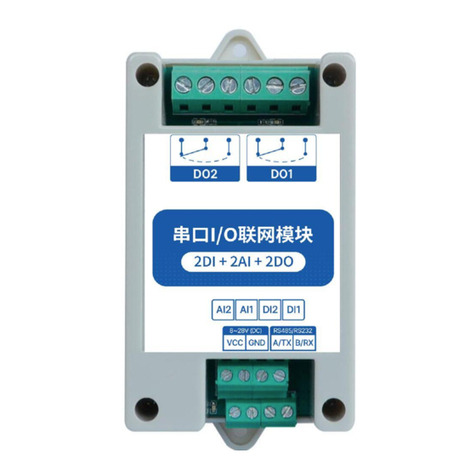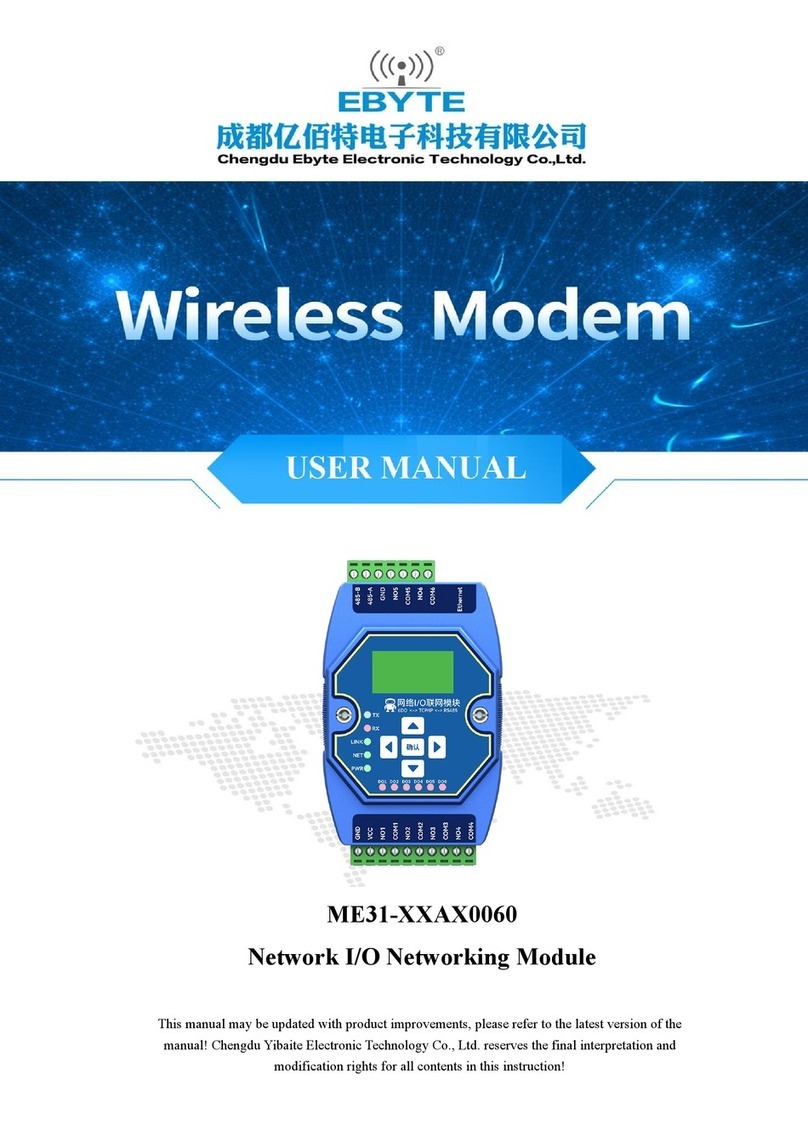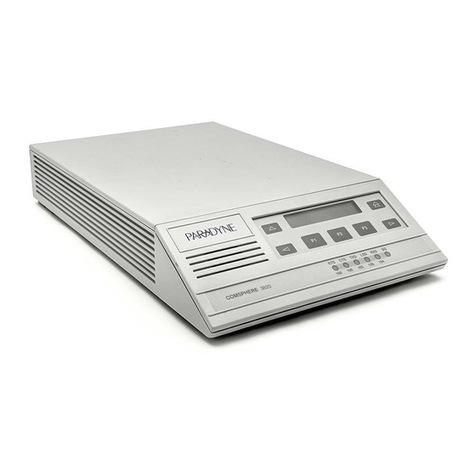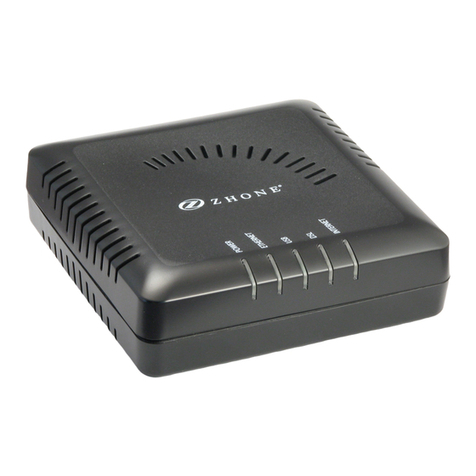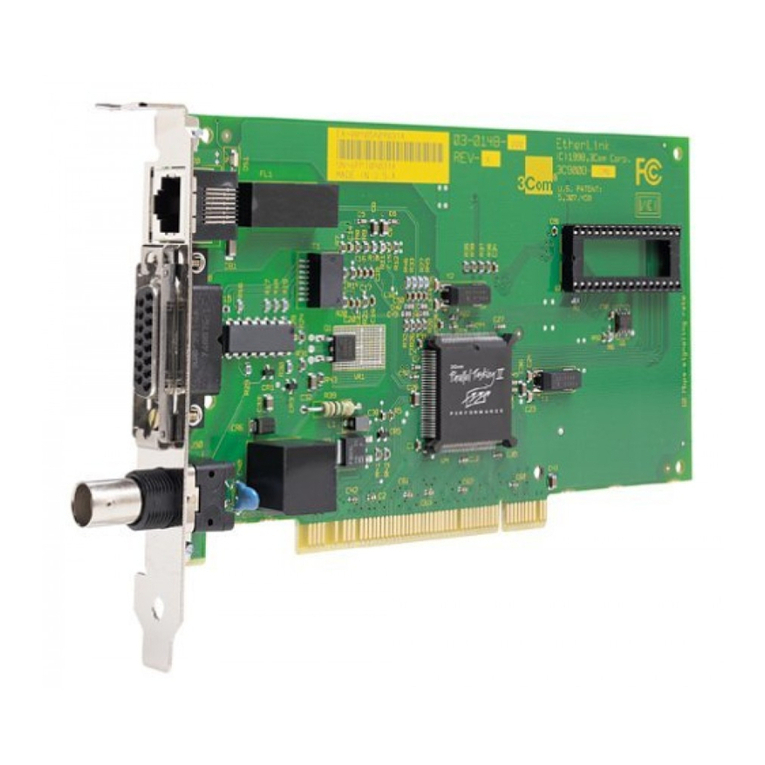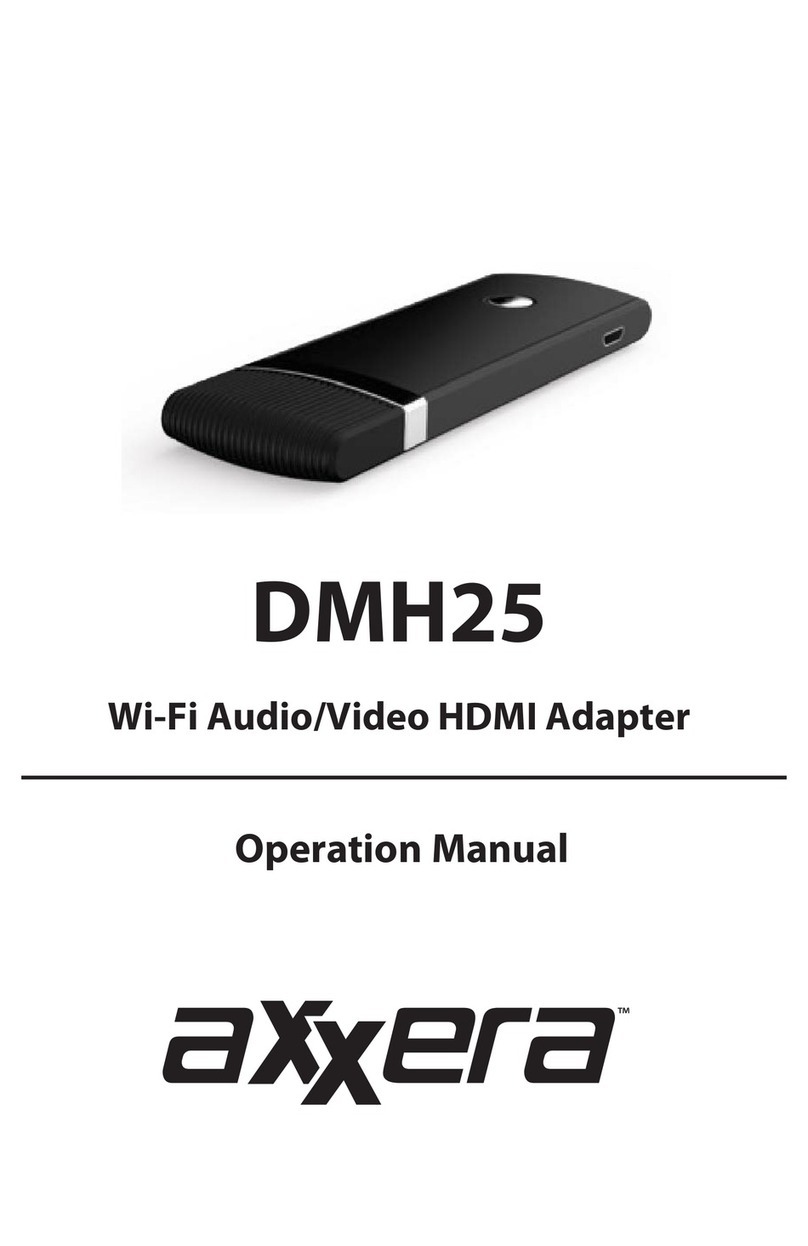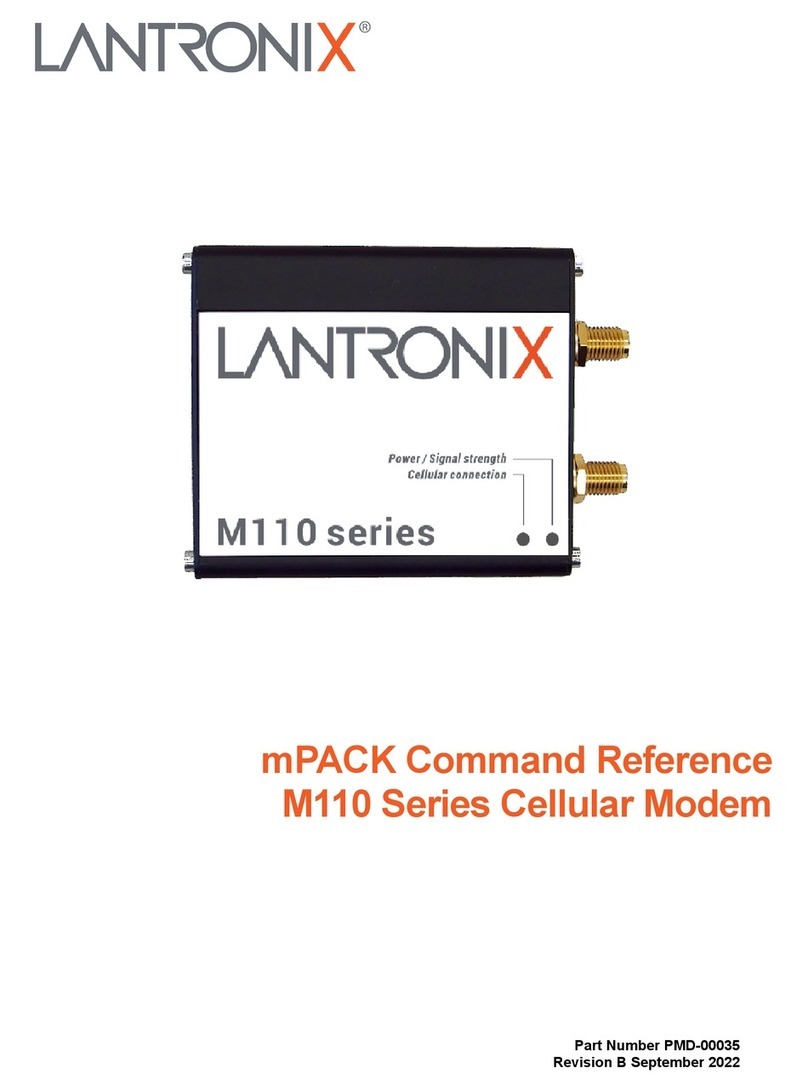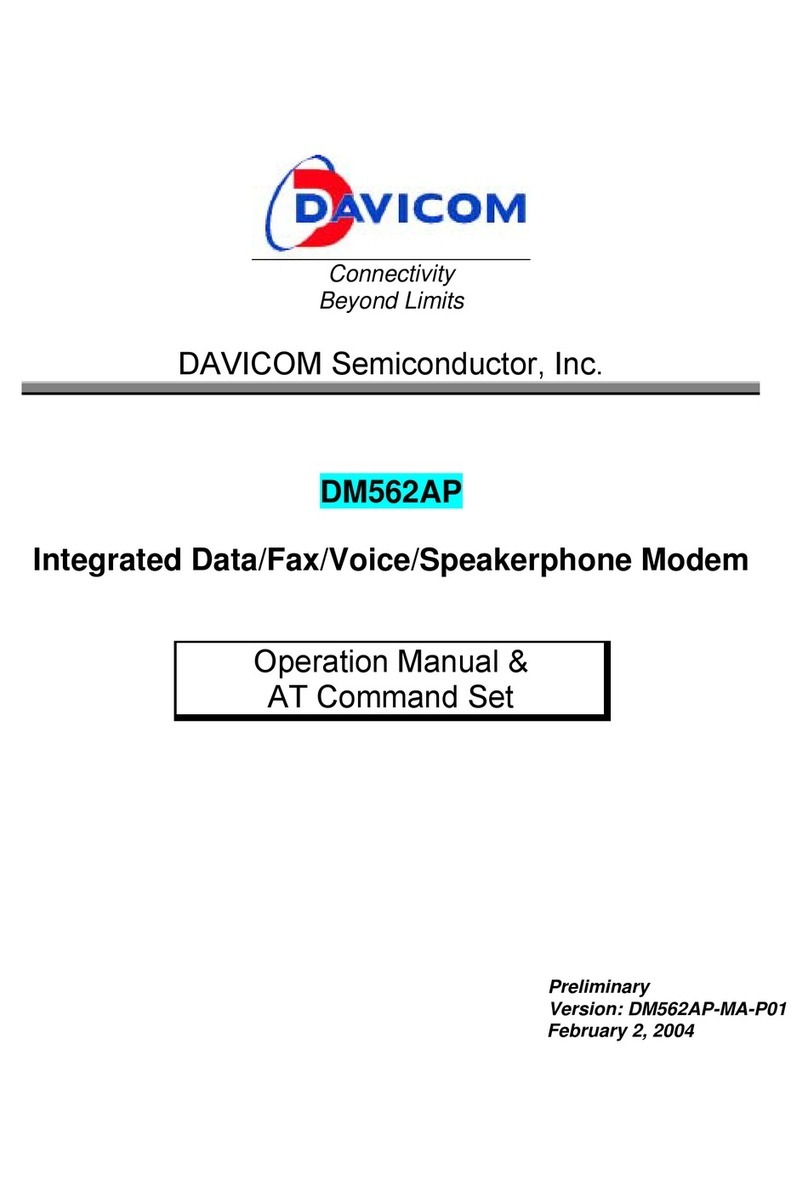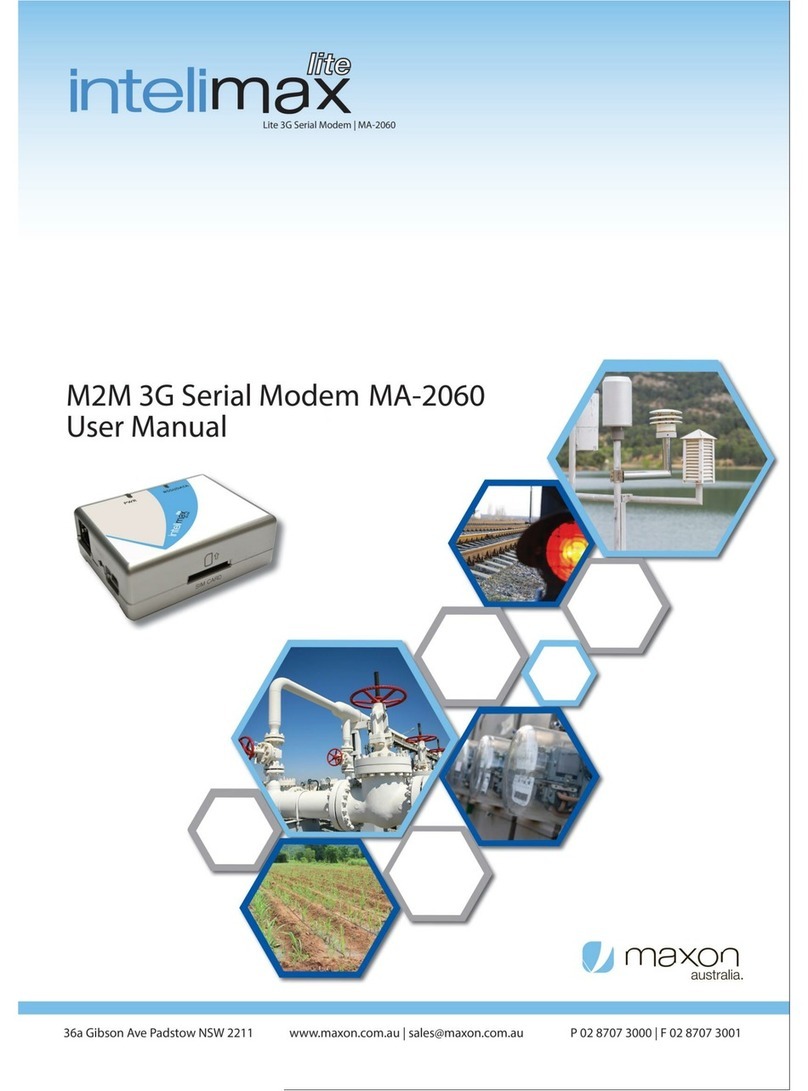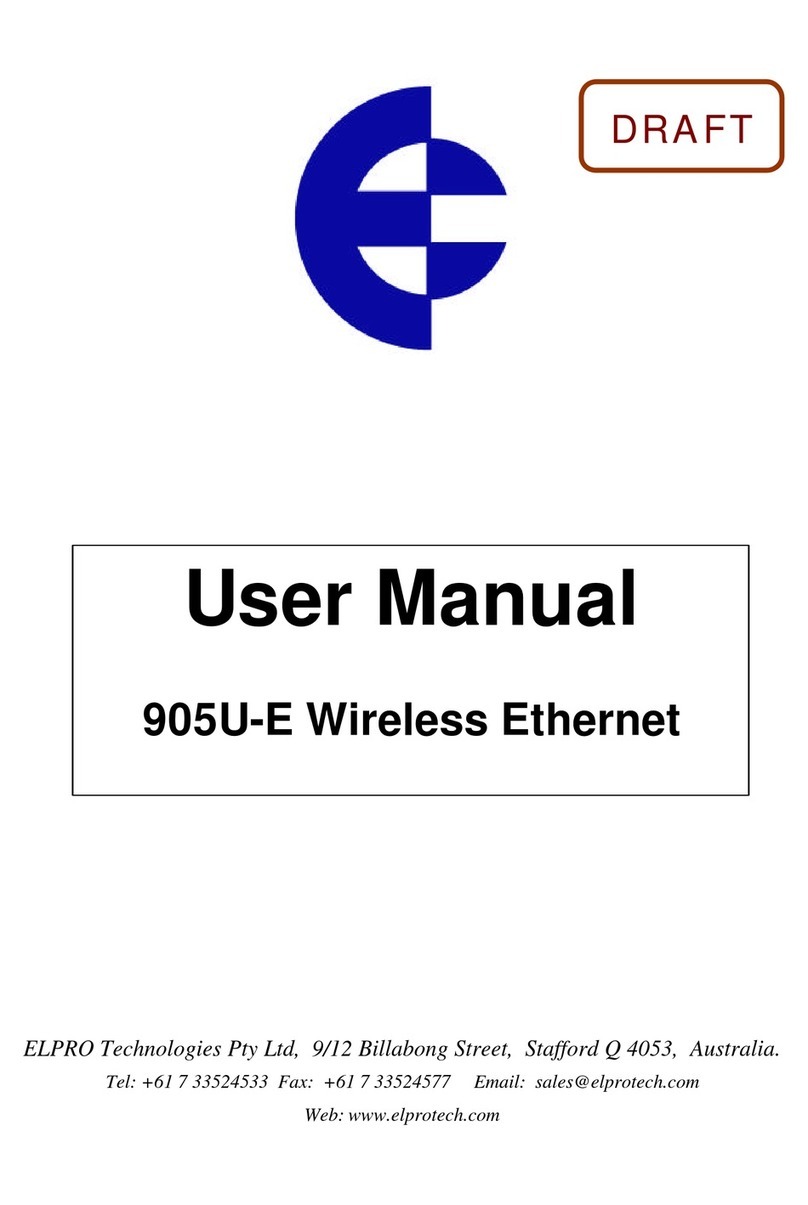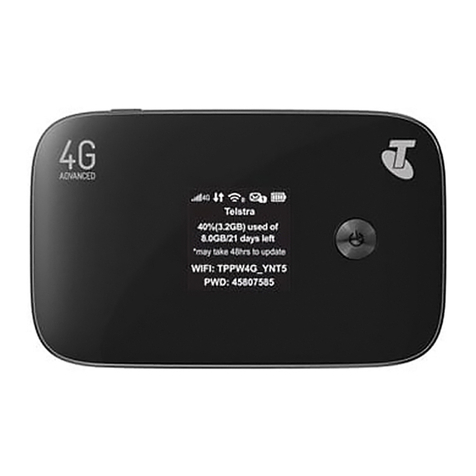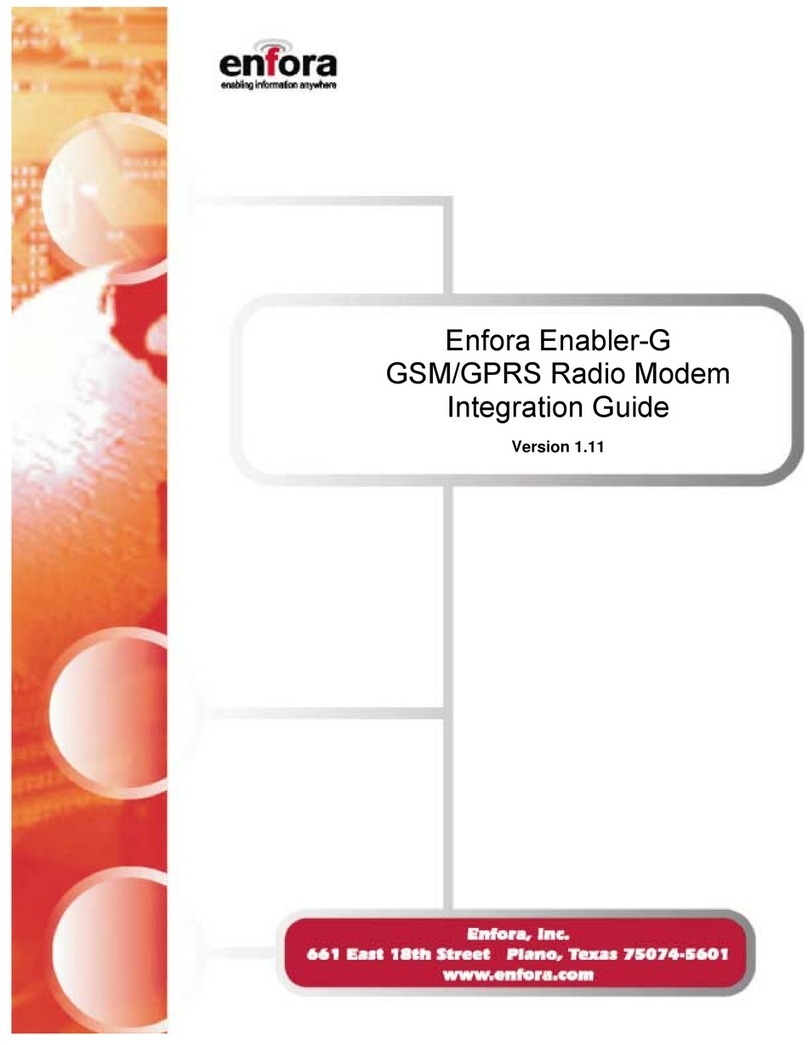
Chengdu Ebyte Electronic Technology Co., Ltd. E18-DTU Series User Manual
Copyright © 2012–20 23 , Chengdu Ebyte Electronic Technology Co., Ltd.
1
Table of contents
Chapter 1 Product Introduction ......................................................................................................................................3
1.1 Product Introduction .........................................................................................................................................3
1.2 Function Features ............................................................................................................................................. 3
1.3 Product Features ...............................................................................................................................................3
1.4 Device Type Introduction .................................................................................................................................5
1.4.1 Coordinator ............................................................................................................................................5
1.4.2 Router .................................................................................................................................................... 5
1.4.3 Terminal .................................................................................................................................................5
1.5 Supported product series .................................................................................................................................. 5
1. 6 Application Scenario ....................................................................................................................................... 5
Chapter 2 Mechanical Dimensions ................................................................................................................................ 6
2.1 Interface description .........................................................................................................................................6
2.2 Product size ...................................................................................................................................................... 8
2.3 Specifications ................................................................................................................................................. 10
2.3.1 Working parameters ............................................................................................................................ 10
2.3.2 Electrical parameters ...........................................................................................................................10
2.3.3 Hardware parameters .......................................................................................................................... 10
Chapter 3 Interface Definition ......................................................................................................................................11
Chapter 4 Working Mode ............................................................................................................................................. 11
4.1 Transmission mode .........................................................................................................................................11
4.2 HEX command mode (configuration mode) ..................................................................................................12
4. 3 Mode switching ............................................................................................................................................. 12
4. 4 Related parameters in transmission mode .....................................................................................................12
5 Quick Start .................................................................................................................................................................13
5.1 Quickly build a ZigBee network .................................................................................................................... 13
5.2 Quickly join a ZigBee network ......................................................................................................................15
5.3 Data transmission ........................................................................................................................................... 17
5.4 Data transmission between network nodes ....................................................................................................20
Chapter 6 Sending and receiving methods ...................................................................................................................24
6.1 The way of sending data in transparent transmission mode .......................................................................... 24
6.1.1 broadcast mode ....................................................................................................................................24
6.1.2 Unicast mode .......................................................................................................................................24
6.1.3 Multicast mode ....................................................................................................................................25
6.2 The way of sending data in HEX command mode ........................................................................................ 25
Chapter 7 Application Function ................................................................................................................................... 25
7.1 Function ..........................................................................................................................................................25
7.1.1 Detailed explanation of LINK light .................................................................................................... 25
7.1.2 Detailed Explanation of RUN Light ................................................................................................... 25
7.1. 3 Detailed explanation of SMART key .................................................................................................26
7.1.4 Automatic Pairing and Mark Adaptation (Identify) Mode ................................................................. 26
7.1.4.1 Mark Adaptation (Identify) mode .................................................................................................... 26
7.1.4.2 Automatic pairing .............................................................................................................................26
7.2 Wireless remote configuration function .........................................................................................................27
